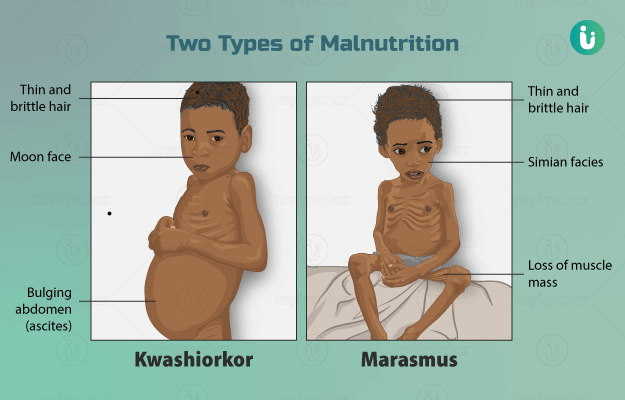Summary
Malnutrition simply means faulty nutrition. It is a broad term which encompasses both, undernutrition and overnutrition. Undernutrition is a global health concern affecting millions worldwide. This article focuses primarily on undernutrition due to its high prevalence around the globe. Malnutrition tends to affect overall health in most children and adults. The symptoms of malnutrition include abnormal weight changes, fatigue, inability to carry out everyday activities, and poor concentration. In some cases, it can be difficult to detect malnutrition as there may not be any significant symptoms. Malnutrition can be caused by improper food habits, socio-economic factors and existing health conditions. If left untreated, malnutrition can lead to severe complications in children, as well as, in adults. Treatment of malnutrition follows a multi-dimensional approach which includes consuming a healthy diet and going for regular health check-ups. Continual support of friends and family during treatment is also essential for a good treatment outcome. On a community level, providing medical aid and food resources to the people belonging to a weaker socio-economic section of the society can help in lowering the prevalence, complications, and deaths associated with malnutrition.

 Doctors for Malnutrition
Doctors for Malnutrition  OTC Medicines for Malnutrition
OTC Medicines for Malnutrition
 Malnutrition articles
Malnutrition articles

 Homeopathic Treatment of Malnutrition
Homeopathic Treatment of Malnutrition




































 Dr. Rajalakshmi VK (AIIMS)
Dr. Rajalakshmi VK (AIIMS)

 Dr. Rachita Narsaria
Dr. Rachita Narsaria











